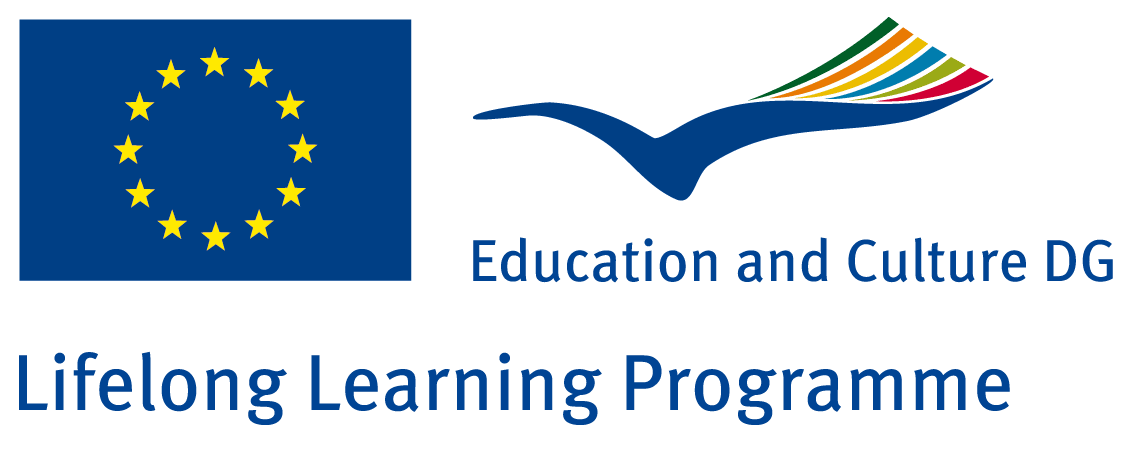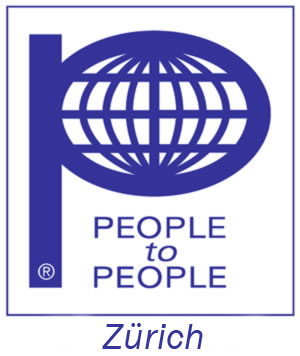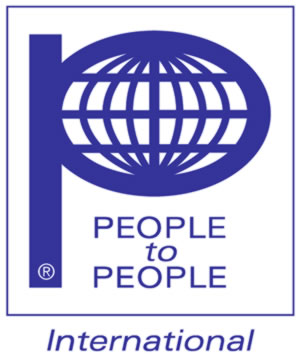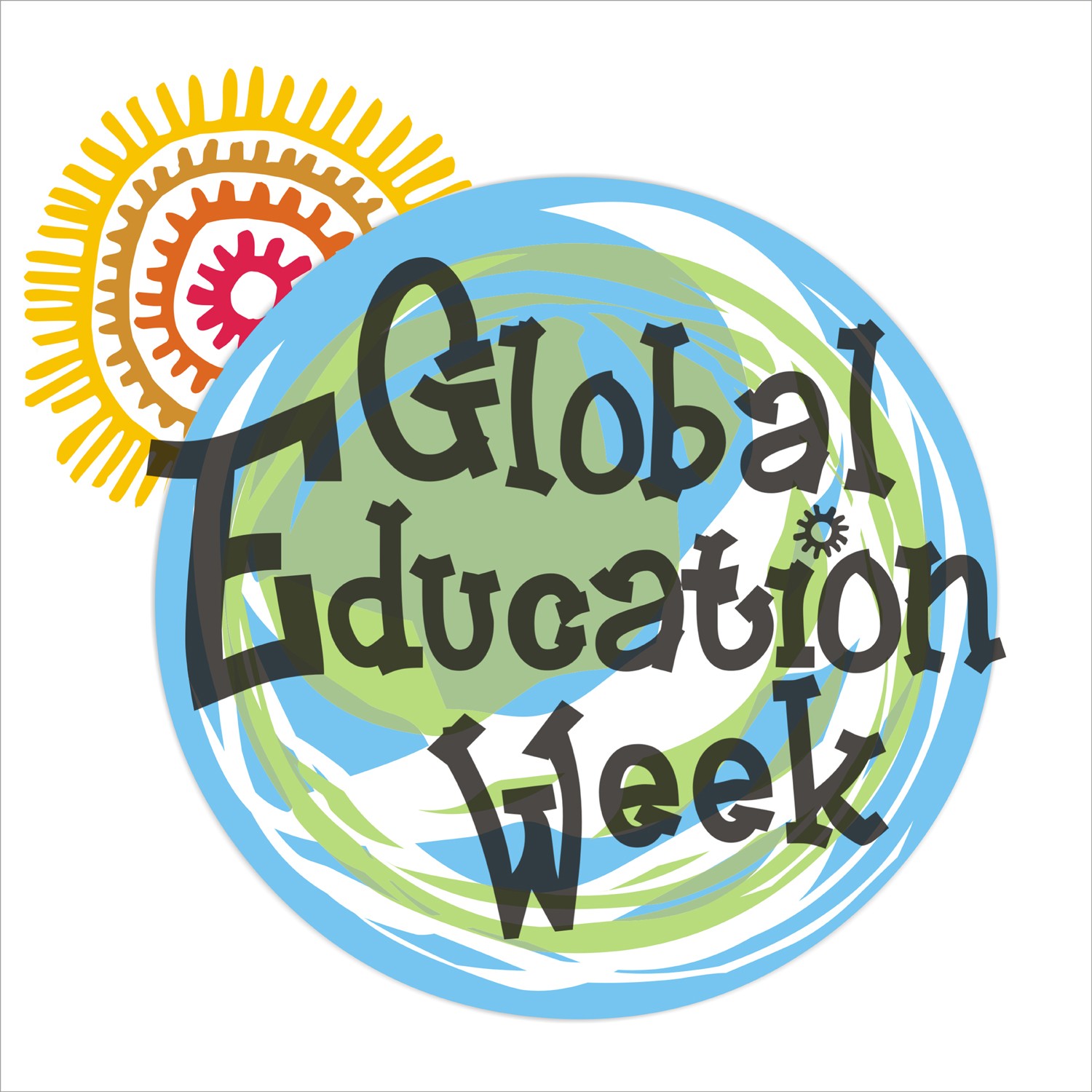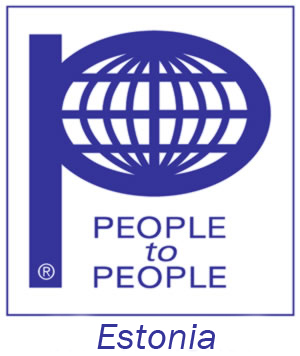Give new life to environmental and cultural heritage: revitalization of parks, undeveloped urban and rural areas
It is Erasmus+ VET strategic partnership two-years project (2018-2020) created by six partners' institutions from Poland, Italy, Portugal, France and Estonia - 3 VET schools and 3 non-governmental organisations. Most of partners have experience in EU funded projects.
Project partners: EUROPEA Polska (Poland), I.S.I.S.S. "G.B. CERLETTI" (Italy), Escola Profissional de Agricultura e Desenvolvimento Rural de Marco de Canaveses (Portugal), MITRA FRANCE, Eesti People to People (Estonia) and Zespol Szkol Licealnych i Agrotechnicznych im. Leona Janty-Polczynskiego (Poland).
At the beginning of the XXI century, 85 percent of people were living in cities and metropolitan areas, and many are in desperate need of places to experience nature and refresh ourselves in the out-of-doors. Revitalization of parks, undeveloped urban and rural areas is an important driver of economic and social development. Knowing this, consorcium of partners with EUROPEA Polska as coordinator intends to exchange best practices and develop innovative training tools in order to support and train VET staff to become better and more successful in what they are doing in formal and non-formal education with their students and learners and potential employees in this big employment sector as revitalization with the aim to give new life to environmental and cultural heritage.
The objectives of the project are to collect information about places in need of revitalization, share best practices of revitalization in the project partners' countries and Europe, to develop innovative tools for VET staff and students/learners, to increase professional development of VET teachers, trainers and mentors, to enrich partnership of VET providers in partners' countries and Europe, to support social and educational value of European cultural heritage.
The project will involve VET schools from regions where green areas have been identified as a requiring development or revitalization, to restore their former functions or give new shape and functions after natural disasters. More than 300 people will be directly involved to this project and more than 1000 indirectly during dissemination activities. Participants with fewer opportunities will be involved to the project activities.
There will be four transnational meetings and two short-term joint staff training events during the project, six multipliers events, local and dissemination activities. Partners will create two outputs - E-Handbook and four virtual lessons, test them and disseminate for own staff, students/learners, associated partners and other stakeholders. Partners will use the best methods of formal, non-formal and informal education during project activities. The main result of the project will be new competences of VET staff and their students/learners.
Facebook page:
__________________________________________________________________
This project has been funded with support from the European Commission. This publication reflects the views only of the author, and the Commission cannot be held responsible for any use which may be made of the information contained therein.
